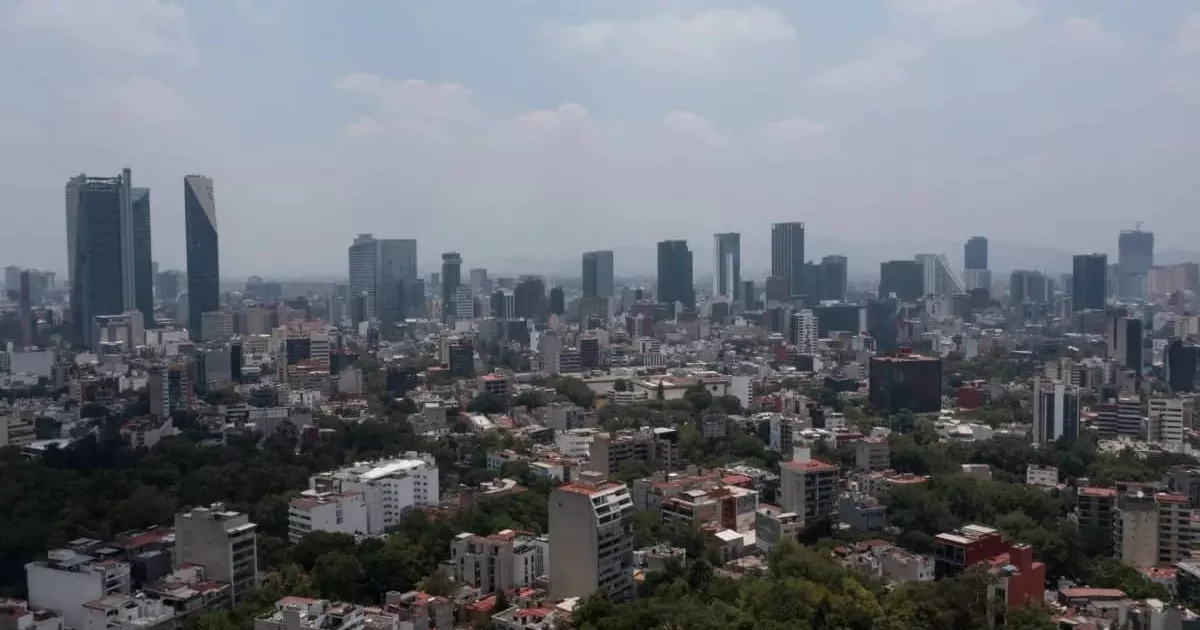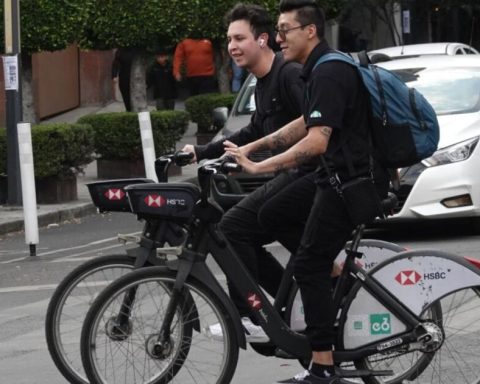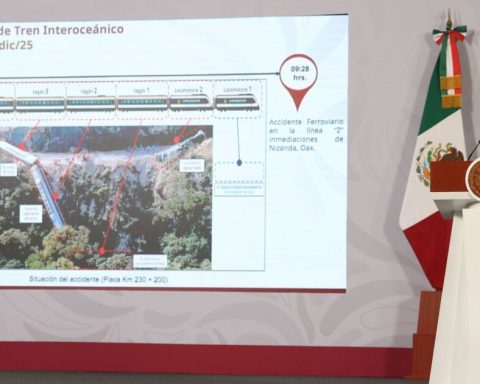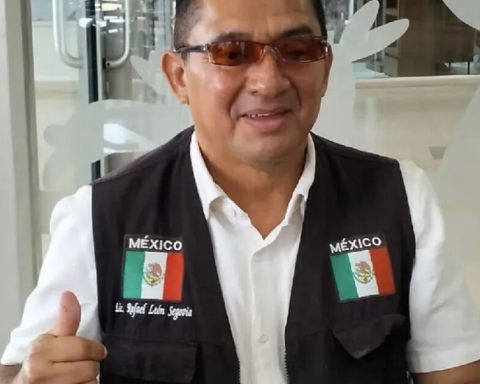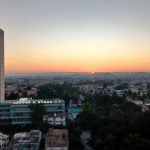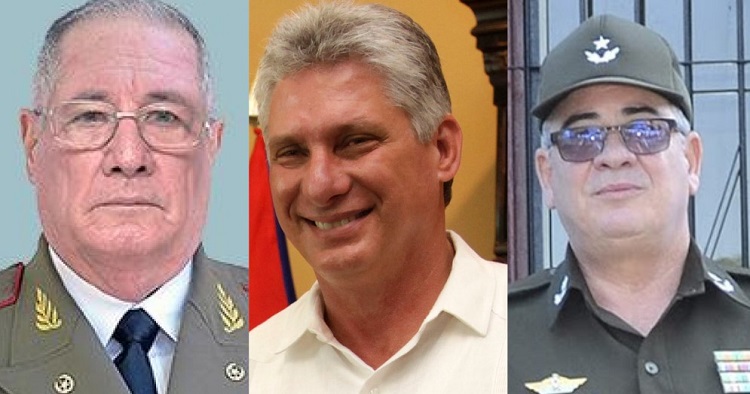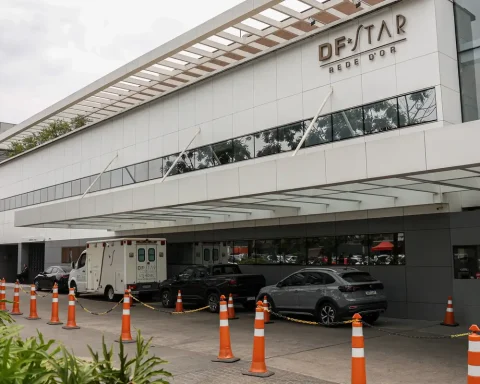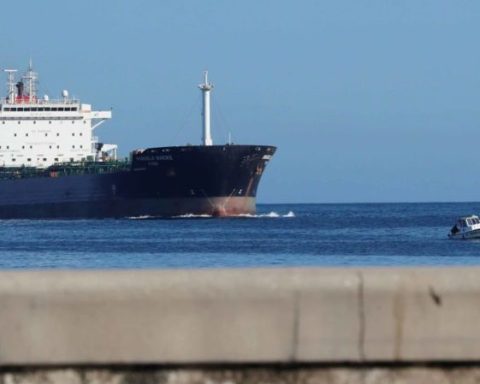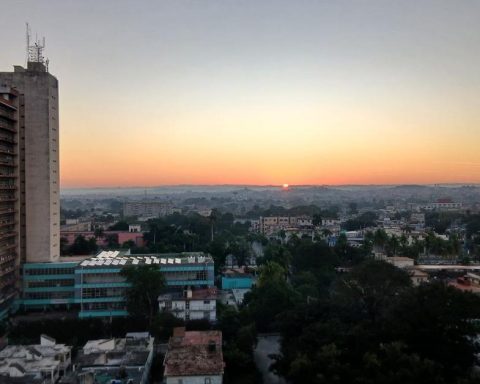The Environmental Commission of the Megalopolis (CAMe) reported on Sunday that Phase I of the atmospheric environmental contingency due to ozone continues in the Metropolitan Zone of the Valley of Mexico (ZMVM) “in order to protect the health of the population from exposure to levels high contamination.
The agency explained that the Mexico City Air Quality Monitoring System predicted that the weather conditions for Sunday would continue to be unfavorable for the dispersion of ozone.
The Secretary of the Environment of Mexico City, Marina Robles, assured that the contingency declaration was made based on robust environmental monitoring, but it did not mean a total ban on going out on the street, but a recommendation for people to take care your health.
“The protocols to declare contingency are not only reviewed by public officials, authorities, but also by specialists in health, atmosphere and air quality, which allows establishing the levels at which contingency is decreed,” he stressed.
Jorge Zavala, director of the Institute of Atmospheric Sciences and Climate Change at UNAM, explained that there are weak winds, above-average temperatures for November 12 and zero cloud cover, factors that led to the stagnation of pollutants and the ozone formation, which in turn will lead to poor air quality.
At a press conference, he explained that the forecast is that this condition will remain in the next five days.
It is estimated that on Wednesday, with the arrival of a cold front, a better dispersion of pollutants will be registered, he added.
Sergio Hernández, director of air quality at the Mexico City Environment Secretariat (Sedema), explained that at five in the afternoon on Saturday, November 12, an ozone concentration of 163 parts per billion (ppb) was reached. .
